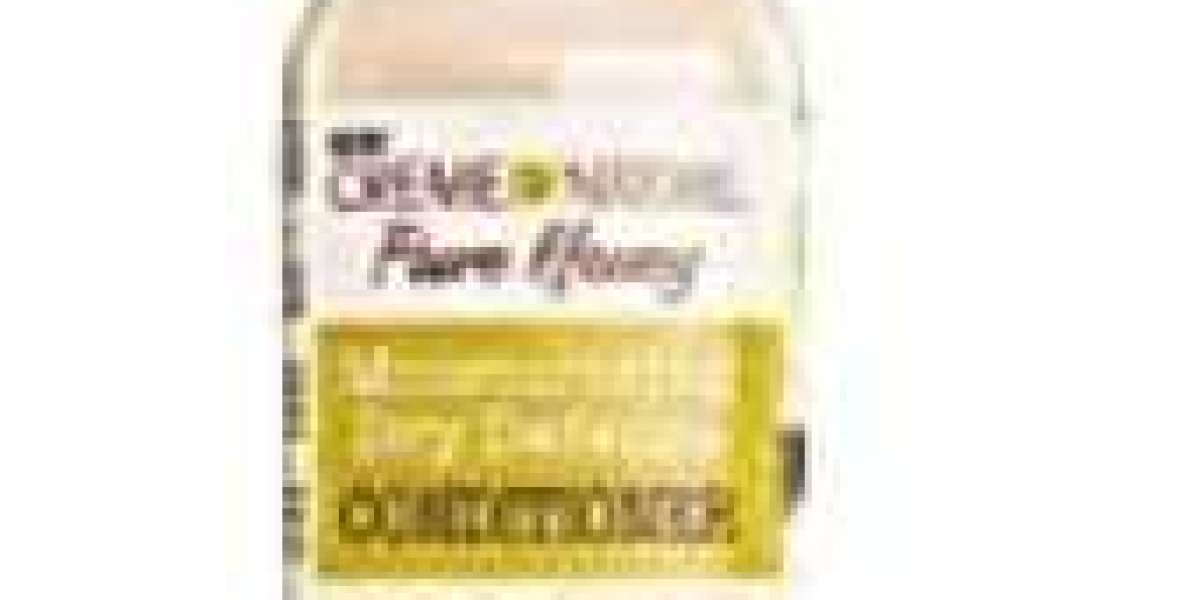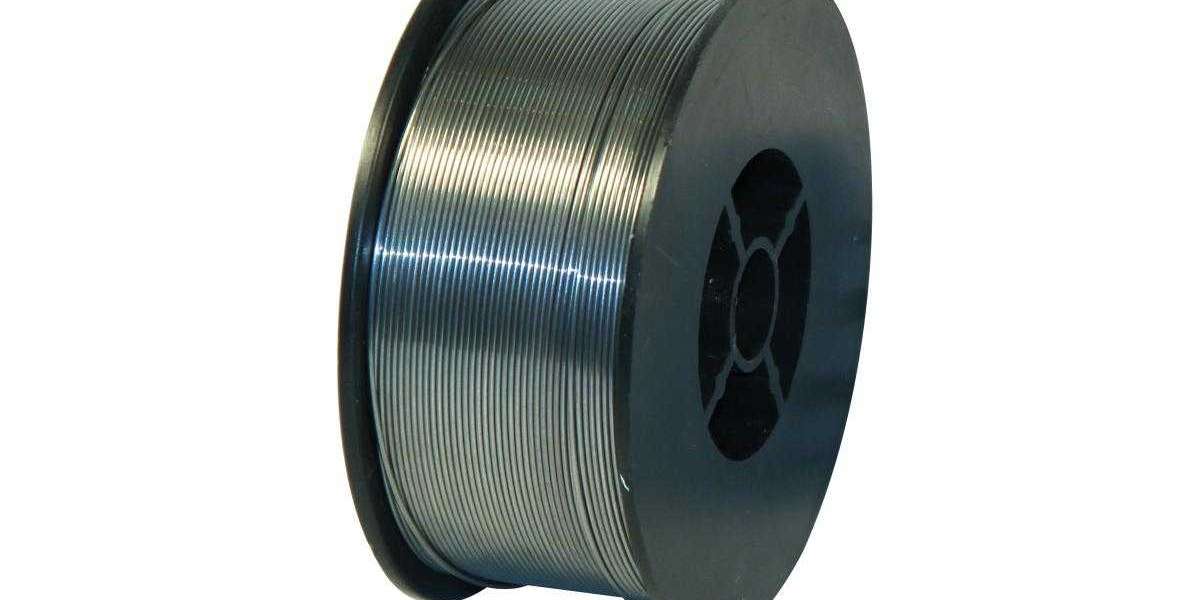Hair care is a vital part of our daily routine, and conditioner plays a crucial role in maintaining the health and beauty of our locks. Whether you have curly, straight, wavy, or coiled hair, using the right conditioner can make a significant difference in the texture, shine, and overall health of your hair. This comprehensive guide will delve into the science of conditioners, how to choose the right one for your hair type, and tips on maximizing the benefits of this essential hair care product.
What is Hair Conditioner?
Conditioner is a Hair care conditioner designed to improve the texture, manageability, and appearance of hair. It works by coating the hair shaft, sealing the cuticle, and providing moisture, which is essential for maintaining healthy hair. The primary purpose of a conditioner is to replenish the moisture lost during shampooing and protect the hair from damage caused by environmental factors, heat styling, and chemical treatments.
Conditioners come in various forms, including rinse-out, leave-in, deep conditioners, and masks. Each type serves a specific purpose and is formulated to address different hair concerns.
The Science Behind Hair Conditioners
Hair is made up of protein fibers called keratin, which are held together by chemical bonds. The outer layer of each hair strand, known as the cuticle, consists of overlapping cells that protect the inner layers. When the cuticle is smooth and flat, hair appears shiny and healthy. However, when the cuticle is raised or damaged, hair becomes dry, frizzy, and prone to breakage.
Conditioners contain ingredients that help smooth the cuticle, reduce friction between hair strands, and lock in moisture. These ingredients include:
- Emollients: These are oils and lipids that soften and smooth the hair, making it more manageable. Common emollients in conditioners include shea butter, coconut oil, and argan oil.
- Humectants: These substances attract moisture from the environment and bind it to the hair. Glycerin and panthenol are popular humectants used in conditioners.
- Proteins: Conditioners often contain hydrolyzed proteins, such as keratin or silk protein, which strengthen the hair shaft and repair damage.
- Silicones: These form a protective layer over the hair, providing shine and reducing frizz. Dimethicone and cyclomethicone are common silicones found in conditioners.
Choosing the Right Conditioner for Your Hair Type
Selecting the right conditioner is crucial to achieving the best results. Different hair types have different needs, and understanding your hair type can help you choose a conditioner that will enhance its natural beauty.
1. For Dry and Damaged Hair
Dry and damaged hair needs a conditioner that is rich in moisture and nourishment. Look for conditioners that contain natural oils, like coconut oil, argan oil, or shea butter. These ingredients will help replenish lost moisture, repair damage, and prevent further breakage. Additionally, deep conditioners and hair masks can provide intensive treatment for severely damaged hair.
2. For Fine and Oily Hair
Fine hair tends to get weighed down easily, so it’s important to choose a lightweight conditioner that won’t leave a heavy residue. Look for volumizing conditioners that add body without weighing the hair down. Avoid heavy oils and opt for conditioners with lightweight moisturizers like glycerin or aloe vera.
3. For Curly and Coily Hair
Curly and coily hair types often require more moisture and definition. A conditioner with a rich, creamy texture is ideal for these hair types, as it helps detangle and define curls while providing ample moisture. Ingredients like shea butter, jojoba oil, and silk protein are excellent for enhancing curl pattern and reducing frizz.
4. For Color-Treated Hair
Color-treated hair needs special care to maintain its vibrancy and prevent damage. Look for conditioners that are sulfate-free and specifically formulated for color-treated hair. These conditioners often contain UV protectants and color-locking ingredients that help preserve the color while nourishing the hair.
5. For Normal Hair
If you have normal hair, a regular, balanced conditioner will suffice. Look for a conditioner that maintains moisture and keeps hair soft and shiny without being too heavy. A conditioner with a balanced formula containing mild emollients and proteins will keep your hair healthy and manageable.
How to Use Conditioner Effectively
Using conditioner correctly can make a significant difference in the results you achieve. Here are some tips to help you get the most out of your conditioner:
1. Start with Clean Hair
For best results, always apply conditioner to clean, wet hair. Shampoo your hair thoroughly to remove dirt, oil, and product buildup before conditioning. This ensures that the conditioner can penetrate the hair shaft and work effectively.
2. Apply Conditioner from Mid-Lengths to Ends
Focus on applying conditioner to the mid-lengths and ends of your hair, where it tends to be the driest and most damaged. Avoid applying conditioner to your scalp, as this can weigh down your hair and make it look greasy.
3. Use the Right Amount
The amount of conditioner you need depends on your hair length and thickness. For short hair, a dime-sized amount may be sufficient, while longer hair may require a quarter-sized amount. Using too much conditioner can weigh down your hair, while too little may not provide enough moisture.
4. Leave It On for a Few Minutes
Allow the conditioner to sit on your hair for a few minutes before rinsing. This gives the ingredients time to penetrate the hair shaft and provide the maximum benefits. For deep conditioners and hair masks, follow the instructions on the packaging, as these products often require a longer leave-in time.
5. Rinse Thoroughly
Make sure to rinse your hair thoroughly after conditioning to remove any residue. Leaving conditioner in your hair can make it feel greasy and weigh it down. Rinse with lukewarm water, as hot water can strip the hair of its natural oils.
6. Incorporate Leave-In Conditioners
Leave-in conditioners are a great addition to your hair care routine, especially if you have dry or damaged hair. Apply a small amount to damp hair and leave it in for extra moisture and protection throughout the day. Leave-in conditioners also help with detangling and reducing frizz.
Common Myths About Hair Conditioners
There are several misconceptions about conditioners that can lead to improper use or avoidance of this essential product. Let’s debunk some of the most common myths:
1. Conditioner Makes Hair Greasy
This is a common misconception, especially for those with oily hair. Conditioner itself doesn’t make your hair greasy; applying it incorrectly can. Focus on applying conditioner to the ends of your hair, avoiding the scalp area, and choosing the right conditioner for your hair type.
2. You Don’t Need Conditioner If You Have Oily Hair
Even if you have oily hair, you still need conditioner. Skipping conditioner can lead to an imbalance in your scalp’s oil production, causing your hair to become even oilier. The key is to choose a lightweight conditioner designed for oily hair and apply it only to the ends.
3. Conditioner Causes Hair Fall
Hair fall is a natural part of the hair growth cycle, and using conditioner doesn’t cause it. In fact, conditioner can help reduce hair fall by making your hair stronger and less prone to breakage. If you notice excessive hair fall, it’s important to consult a dermatologist or trichologist to determine the underlying cause.
4. All Conditioners Are the Same
Conditioners are formulated with different ingredients to address specific hair concerns. Choosing the right conditioner for your hair type is essential for achieving the best results. Don’t settle for a one-size-fits-all approach; take the time to understand your hair’s needs and choose a conditioner that meets them.
Conclusion
Conditioner is an essential part of any Hair care conditioner routine, providing moisture, protection, and nourishment to keep your hair healthy and beautiful. By understanding your hair type and choosing the right conditioner, you can unlock the full potential of your hair, achieving the silky, strong, and healthy locks you’ve always wanted.








